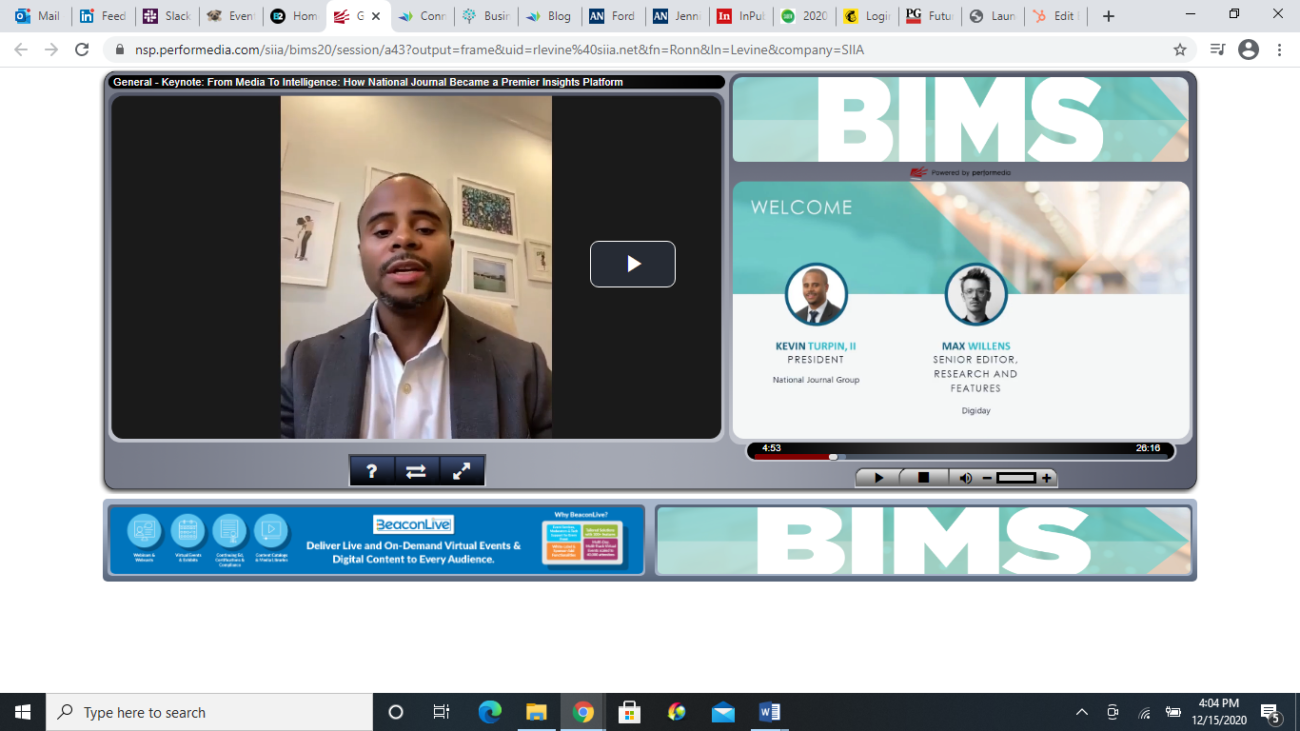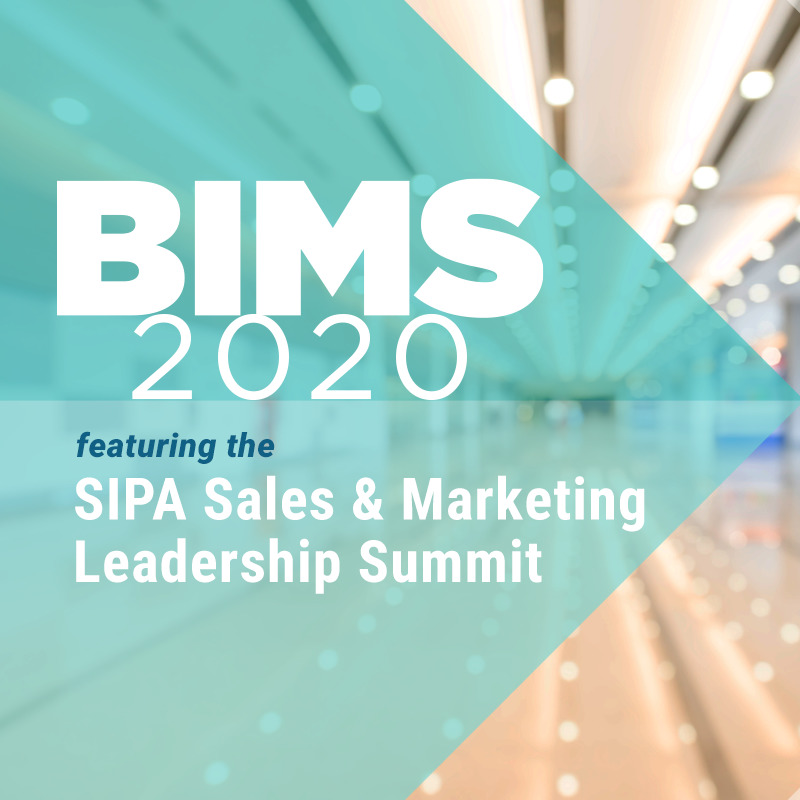“The landing page, it’s one of those things, it can become its own science,” Matt Bailey, founder of SiteLogic, told me a couple months ago. “The landing page is the critical part that a lot of people forget about in this type of lead marketing or content marketing or even dealing with the funnel.”
Bailey—who will be speaking Dec. 4 at BIMS 2020 with Lauren St. Clair, group marketing director, Diversified Communications, at a session titled Lead Gen Technology: Keeping the Engines Fueled—said that he had just read something amazing in his email, about landing pages.
“At Dell, every new landing page is a multi-faceted project that requires several handoffs taking 6-8 weeks to customize and globalize for testing,” he read. “Contact form completions rise 50% and increases as high as 300% on dedicated landing pages.”
You don’t have to spend that much time on yours, but it does speak to their importance. Here is more advice from Bailey and others:
Test everything on the landing page. “I deal with so many companies, very focused on being at the top of the funnel,” Bailey said. “Let’s get people there with our content, let’s answer their questions. And then they forget about their landing page, throw up the same one they used last year, change a few words and say, ‘I’m done,’ not realizing that the landing page is just as important as the content you used to get them there. And now you have to convert them. Test your landing page, test your call to action, test your offer. All of these things are just as vital as the content you use.” Adam Goldstein of Business Management Daily once said that they use a mystery shopper consulting firm to test their pages.
Establish processes. Bailey once related a story about a friend who ran a test for two weeks, determined how the company could make thousands of dollars more, and then withered when his supervisor asked him who authorized that. “Unless you have a culture that allows that voice to be heard…” he said, not needing to complete the sentence. “What is your plan? Are you testing the usability or easability of getting through your site? The best tests are usually the simplest and easiest. But how are you going to implement them? You have to build processes.”
Create more. More landing pages means more conversion opportunities. “Quite simply, the more landing pages you have on your website, the more opportunities you have to convert site visitors into leads,” recommends Hubspot’s Pamela Vaughan. “There’s also a huge SEO benefit to having more landing pages, which can have an impact even before visitors land on your website. Think about it: The more landing pages you have, the more landing pages will be indexed in search.”
Review your offers. “Take a look at the offers you already have and identify where you might have some holes,” Vaughan writes. “Do you have offers to suit prospects at each different stage in your marketing and sales funnel? Do you have offers in a variety of different formats (e.g. webinars vs. ebooks vs. templates vs. videos, etc.)? Do they cover various topics your target audience cares about? Once you’ve identified what your holes are, then you can start filling in the gaps.”
Vary your landing page length. “No form length is the best—it all depends on what you’re trying to accomplish with the form,” advises Hubspot’s Ginny Mineo. “Are you trying to get a ton of new leads? Keep the form short. Are you trying to get really qualified leads? Make the form longer. One is not better than the other—they just address different goals. Your form length will most likely end up somewhere in the middle. To find your form length sweet spot, run A/B tests and adjust your form length according to their results.”
Use tools. “Our landing pages are designed to be minimalist and straightforward. You either sign up or you don’t….,” said Tyler Denk, senior product lead for the Morning Brew. “We use Google Optimize to test every aspect of our landing page, and that’s especially important for optimizing incoming traffic from our referral program. We split our testing audiences into two main cohorts: referrals via email invites and all other referrals.”
Design a clear landing page. Morning Brew tested the layout of the page, including header text, subheader text, text on the button, style of the form, color of the button, additional images, testimonials, etc. For their emails, they increased the conversion rate by over 4% through a few iterations involving the header, subheader text, button text, and button color. “That 4% increase in conversion rate leads to more than an additional 4,500 subscribers per month via the referral program alone,” said Denk.







 “Data’s greatest promise is becoming a roadmap of actions that, when completed, result in the actions we want to see,” Stephanie Lievano wrote on
“Data’s greatest promise is becoming a roadmap of actions that, when completed, result in the actions we want to see,” Stephanie Lievano wrote on 

